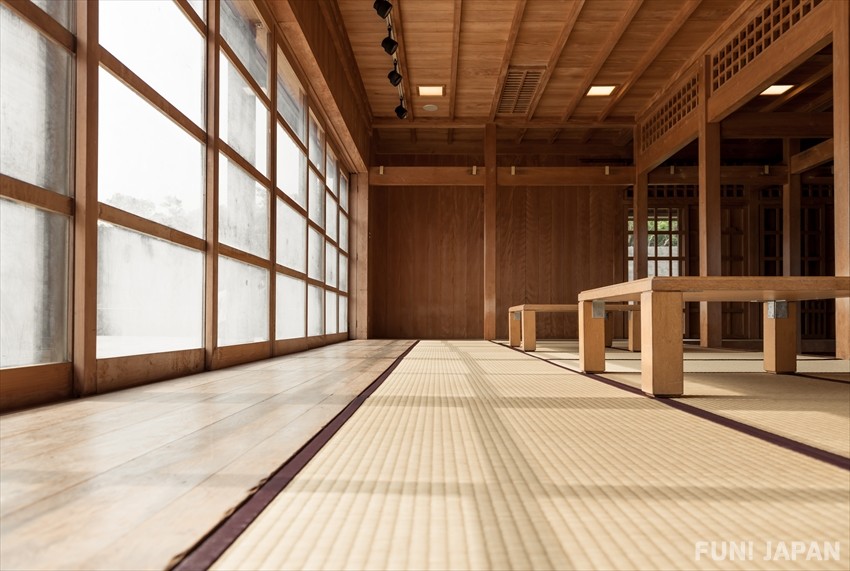
Found in temples, homes and many restaurants, tatami flooring is a quintessential part of Japanese interior design. The scent, the texture beneath your feet and the pleasing look of a tatami floor are all part of the reason tatami still holds a special place in the homes of Japan.
What is Tatami?
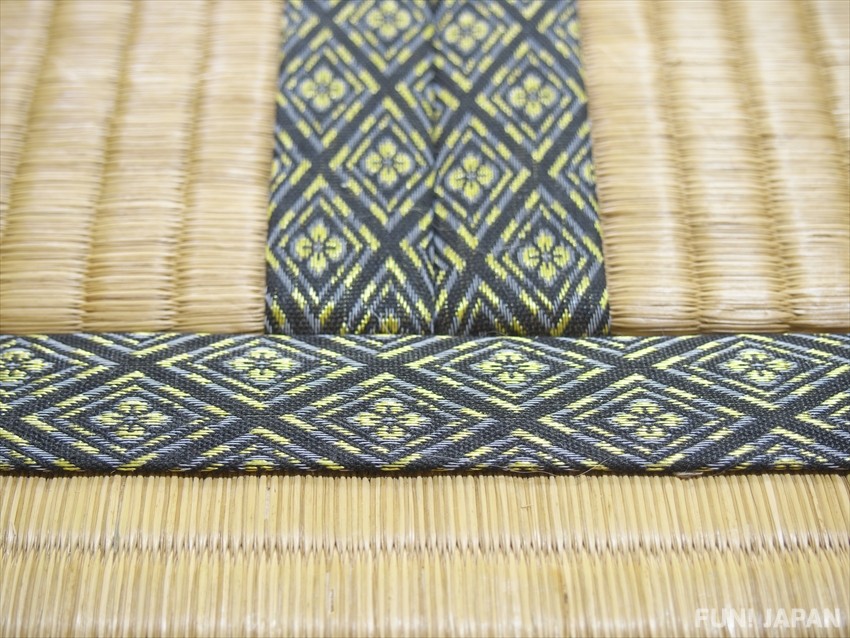
Tatami (畳) are traditional straw mats used as flooring in all kinds of buildings across Japan. The mats are made up of three parts, a core, a woven covering and a fabric edge, and while they were originally made by hand, the majority are now machine-made. The mats come in fixed sizes, with some variation, and a more recent development in design forming types that can be laid directly on hardwood flooring for western-style homes.
How is Tatami Made?
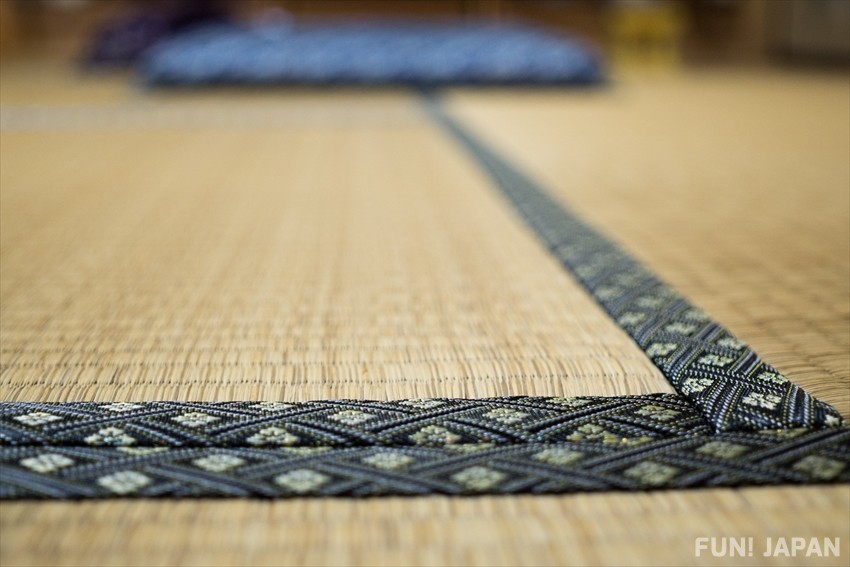
While much of today’s modern tatami is made using machines, traditionally the mats were made by skilled craftsmen. There are still many family-run companies who make their own tatami, with skills being passed down from generation to generation. The tatami-omote (outer surface), also called a goza, is made with a layer of soft rush called igusa (藺草), a perennial grass-like plant that is turned into straw and woven together. Each mat uses approximately 4000-6000 igusa strings, with a higher number meaning a longer-lasting mat. The tatami-doko (inner core) was originally made using rice straw but in modern Japan it is more often made with polystyrene or woodchips. Finally, the tatami-fuchi (outer edge) is a cloth border called a heri which is used on the long sides of the mat to hide the woven edge.
Ideally, tatami flooring would be replaced every three years, although these days it is not done nearly so often.
The History of Tatami flooring
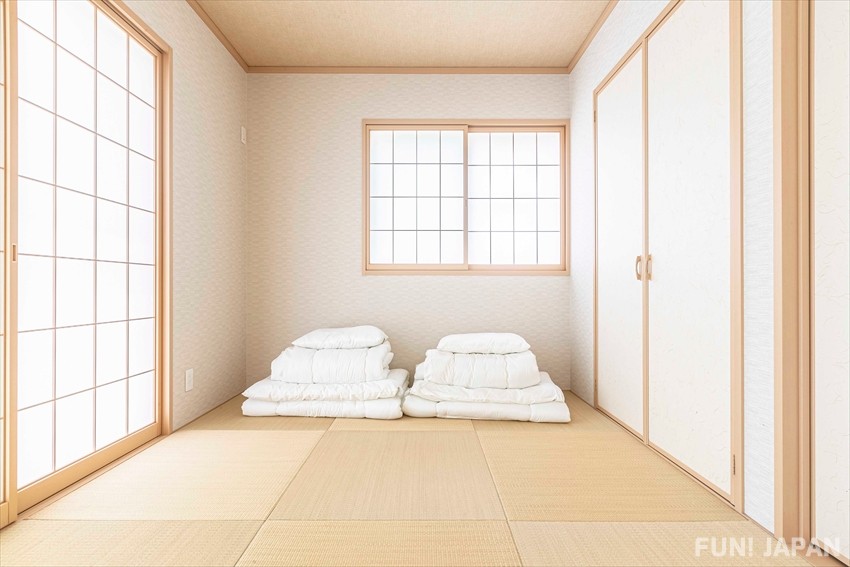
Stemming from ‘tatamu’, meaning to fold or pile, the early use of these mats began in the Heian period (794 - 1185). The mats were originally used for seating by the noble classes and were not fixed to the ground. As architecture developed in the Muromachi period (1336 - 1573), the shoindukuri style used them to cover floors. Soon after this time, zashiki (entire tatami-covered rooms) came into fashion, along with the sizing and rules that accompany their permanent presence.
Where is Tatami flooring used in Japan?
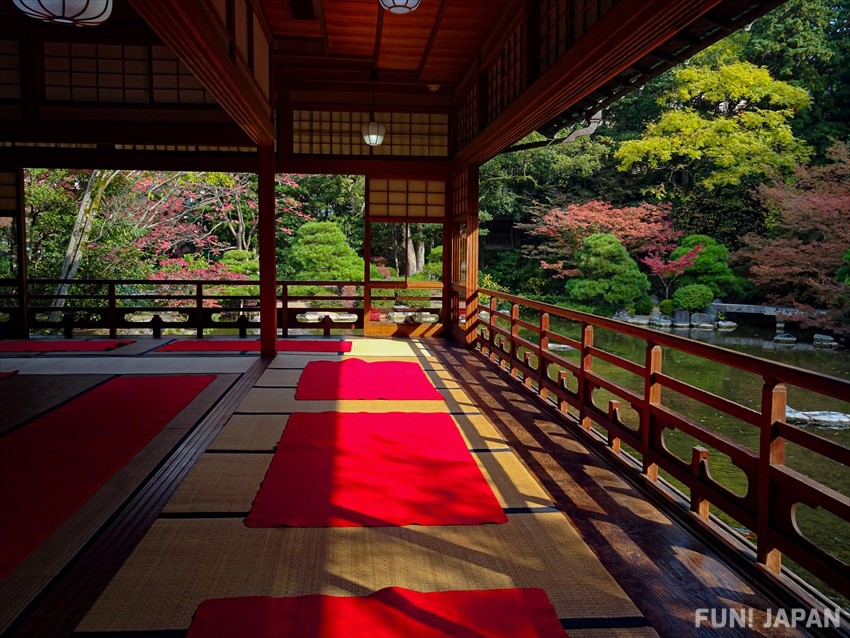
It is still common to find tatami flooring in many indoor spaces in Japan. This includes spiritual spaces such as temples or shrines, as well as rooms used for tea ceremony or arts like ikebana. In Japanese homes and apartments, it is now more common to have one tatami-floored room, known as the washitsu, which means ‘Japanese-style’. This room is often used for entertaining or sleeping, and may have the family altar or shrine in it. In older or larger homes, having multiple tatami rooms is more common, with wooden verandas and hallways connecting the rooms.
Why is Tatami Still Popular in Japan?
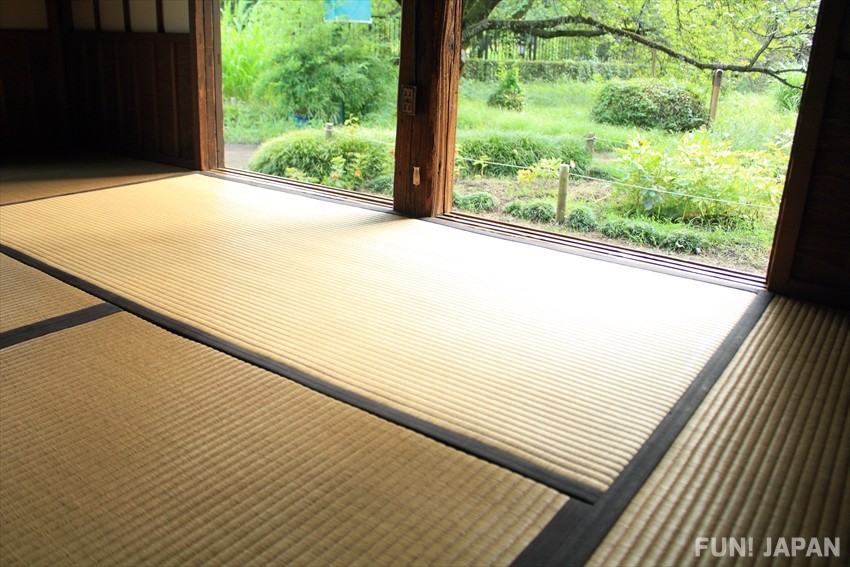
Along with the connection to tradition and the comfort of nostalgia, tatami has many benefits that mean it is still a popular choice for flooring in Japan. As many people still sleep on futons on the floor, tatami provides a cushioned floor, making it far more comfortable than a hardwood option. This is also helpful for family households, as those with small children or elderly relatives are less likely to be injured if they stumble and fall.
It is also a breathable material, meaning it will absorb humidity in summer and also act as a humidifier during dry winter conditions. In the past, tatami was used to determine if a room was well ventilated: any mold would show that there was too much humidity and not enough ventilation. The tatami is also believed to purify the air, absorbing dust and reducing irritants for those with allergies.
Cho: Tatami Measurements and Layout
When describing a room size in Japan, it is still common to use the number of tatami mats rather than a simple square footage. This means many real estate websites will describe rooms as being 6-jo or 8-jo, meaning 6-mats or 8-mats. While this may suggest all tatami mats are the same size, this is actually not the case. There are four standardised sizes used across Japan:
- Edoma (176cm x 88cm) are the most common size used in the Kanto region which includes Tokyo. These are also sometimes called kantoma.
- Danchima (170cm x 85cm) were developed for public-housing as the rooms were smaller than usual.
- Chukyoma (182cm x 91cm) are commonly used in Aichi prefecture, which includes Nagoya.
- Kyoma (191cm x 95cm) are the most common size used in the Kansai area, including cities like Osaka and Kyoto.
This variation in sizing can seem small, but when added up on a room of 6-8 mats or more, it can mean a sizeable difference in your square footage, so is worth checking. In addition to these sizes are some practical altered sizes like a half-mat, called a han-jo and a three-quarter mat called a daimedatami.
The common factor is that tatami mats are half as wide as they are long, allowing for certain layout patterns to be made regardless of the mat size used. The mats themselves are measured in ken, a traditional unit of measurement which equates to just under 2m and is equivalent to six shaku (another traditional measurement almost equivalent to a foot). This means mats are generally 1-ken by 0.5-ken or 6-shaku by 3-shaku, with some regional variation as outlined above.
Tatami Layout
Laying tatami is a strict art, with the dimensions of the mats meaning certain patterns can be used to create a pleasing aesthetic.
The Designs: Shukugijiki and Fushukugijiki
In a traditional Japanese room, known as a zashiki, there are two ways to lay tatami. Shukugijiki is for auspicious arrangements and involves a spiraling approach, with shorter edges being matched with longer edges. Often centering around two tatami mats placed in a vertical position, the design style places a horizontal mat above and below, with two vertical mats completing the border on each side. In contrast, the inauspicious fushukugijiki style places mats in a repeat grid pattern, with all mats either horizontally or vertically aligned. This style is used for unlucky events like funerals as it is said to bring bad fortune.
Tatami Etiquette
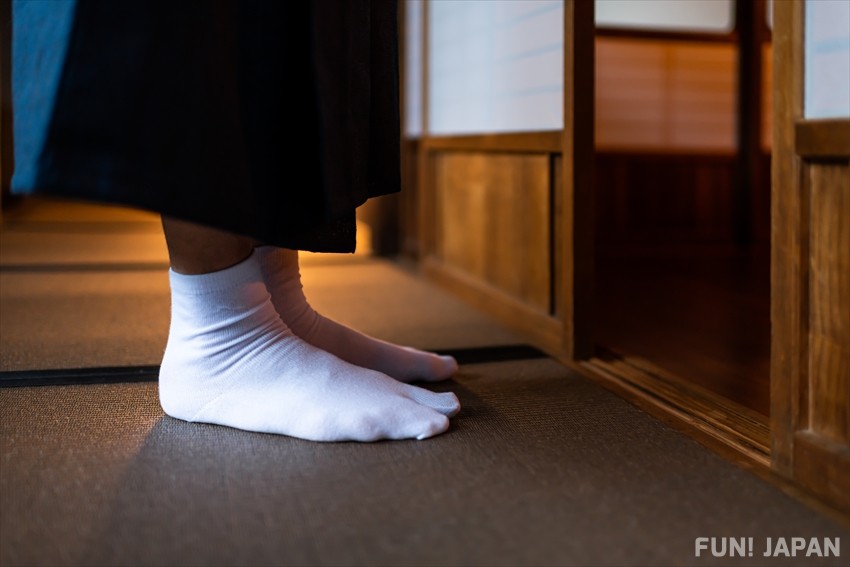
Tatami etiquette is a mixture of practical steps taken to protect the flooring and those taken due to auspicious beliefs.
Practical Steps to Care for Tatami
When it comes to caring for tatami mats, it is well-known that outdoor shoes should not be worn when walking on them. As well as wearing down the soft woven top, the introduction of dirt and damp can damage the mats irreparably. This also extends, however, to indoor slippers, which can also damage the woven top as they often have plastic anti-slip soles. Wearing socks is required, and going barefoot into a formal room is not considered polite, as well as being unhygienic.
Another important factor involved in caring for tatami is to ensure rooms are well ventilated, especially rooms used for sleeping. Mats can be lifted and taken outside for airing which should be done around twice a year, in the dryer seasons
Manners and Auspicious beliefs
Similar to temple and shrine buildings, stepping on the threshold of a tatami-room is considered rude in Japan. While it is not known exactly why this is an inauspicious move, it is believed to relate to the recognition of crossing into a sanctified space. As tatami rooms often have the family altar in or are used for special occasions, they are more significant than other rooms.
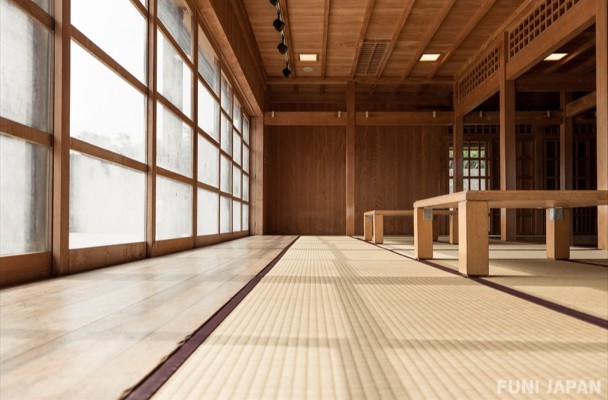
Comments